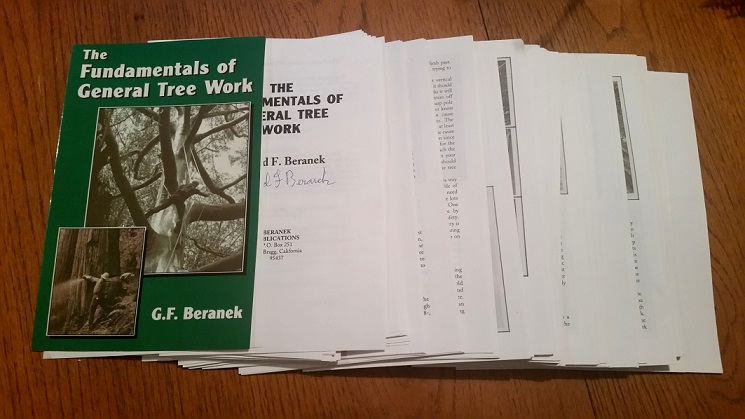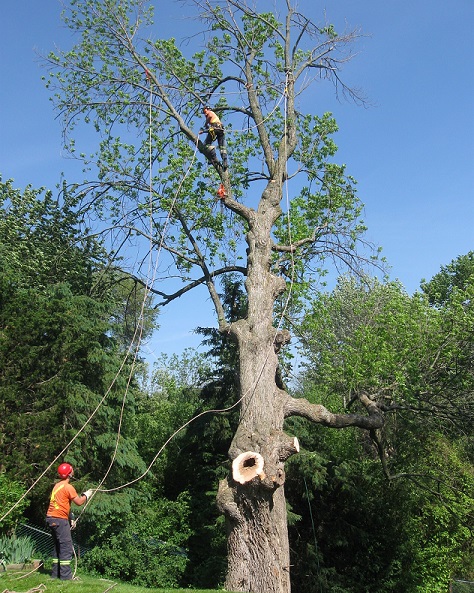
When I heard that The Fundamentals was out of print a while back, I was heartbroken. This is the book that started it all for me. I contacted Jerry B. back in April or May of this year, with the intention of bringing it back. I wanted to release it as both a paper copy and an e-book. I just couldn’t imagine his life’s work fading away, unavailable to the younger generations.
Jerry donated a couple copies to me (mine is all full of notes, underlines, asterisks, exclamation marks…you get the picture). I needed a fresh copy for this project, plus I figured I should have a backup, just in case. I asked him to sign the one that would be scanned, so that every new copy going forward would be signed by the author (he ended up signing both copies, the signed “backup” is now my prized possession!)
I brought the copy to the print shop that I have used for the last 7 years for all of my business printing. They are a good print shop, with 10 locations across the province, so they had all the equipment at their disposal. I had them slice the spine off the book, then they scanned each page, front and back, by hand (the book is over 500 pages long!). The final product was a 112 MB, PDF file of the book.
Next we started making proofs, trying to see how it would look in print. The results were lackluster. After much back and forth with the print shop, I didn’t know what to do. They had made it very clear from the get-go that this was an experiment on their part, they had never tried to re-create an out-of-print book by scanning before (it was obviously an experiment on my part as well, I’m just a tree climber.) I chose about 10 pages, with and without images, for them to re-scan, using different settings. No luck. After trying 3 different ways of scanning the book, we were unable to get a satisfactory quality. There was always a problem either with the text or the pictures, but never with both at the same time. It tended to look good in the scans but then when it went to print it either looked grainy or blurry or washed out. I was disappointed to say the least.
At that point, I turned my attention to the e-book idea. I figured it was a hell of a lot better than nothing. I prefer physical books myself, but the younger kids would be thrilled with a digital copy! So now I was faced with the 112 MB dilemma. It was way too big to be a digital download. I figured it should be less than 30 MB to distribute. I also knew it would have to be searchable if we were going to sell it. This is where the project stalled for a few months. I had no idea how to get the file size down. I’m a nerd, and I tried all kinds of things. But it wasn’t working.
Then in October, the breakthrough happened. I found out about this type of text processing in Adobe Acrobat called ‘Clearscan’. I processed the book with Clearscan, and bam! It went from 112MB to 30MB, all without negatively affecting the actual images! Then I processed it with Optical Character Recognition software, to make it fully searchable. Now everything contained in 500+ pages is easy to find, you can just press CTRL-F and it instantly shows you where it is. Next I played around with file optimization, and eventually got it down to 23 MB. I knew I was onto something!
I messaged Jerry with the good news, and started working on a sales page. 6000 words later, the sales page was done. I want to completely overwhelm people with just how much content is in this book. Whether it costs $20 or $50 or $100, it really is a steal. The knowledge and wisdom in this book is a bargain, at any price. Seriously, if you actually read all the way to the bottom of that sales page, there is no way you aren’t going to buy Jerry’s book!
So now I had the file, but I had no idea about digital payment processing or fulfillment. This took a few more weeks. I eventually figured it out. The checkout process is seamless, and the book is delivered as a digital download via email after payment is completed. Jerry said we should sell it for $20, so that’s what I did. It’s a compromise for sure on the original plan of a physical book, but I couldn’t be happier with the final outcome, I’m very proud of it.
So, to make a long story short, the Digital Edition came on-line this past Wednesday, and the first person in the world to purchase a copy was my own apprentice James! Our plans for a physical copy of the book are on hold, for now. But in the meantime, The Fundamentals is back!
I want to thank Jerry Beranek for all the support throughout this process, and for pouring his heart into The Fundamentals all those years ago. You were my inspiration from day one! I have been of the opinion for a very long time now, that every new, up and coming arborist should read ‘The Fundamentals’. This project ensures that Jerry’s book will remain available for many, many years to come!
The book has been live for a month now and it has sold over 150 copies! We couldn’t be happier. You can check out ‘The Fundamentals of General Tree Work – Digital Edition’ exclusively on EducatedClimber. All the best!
Get your copy of ‘The Fundamentals’ here:
https://www.educatedclimber.com/beranek-fundamentals/
Climb high, Work smart, Read more.
– TreeMuggs



